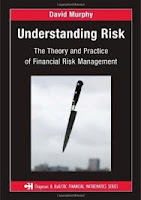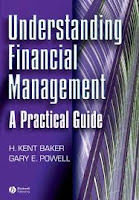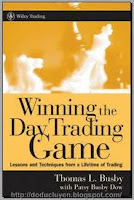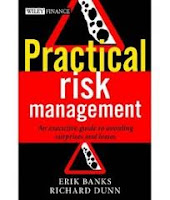madalinanabil
عضو نشط
- التسجيل
- 27 نوفمبر 2011
- المشاركات
- 12
Winning the Day Trading Game
Winning the Day Trading Game offers an insider's view of the trading life and provides proven strategies for profitable trading. Professional trader Tom Busby explains how the strategies that made him so much money early on in his career ultimately failed during the 1987 stock market crash and then reveals how he reinvented himself as a high-percentage day trader. He interweaves personal experiences with technical explanations to outline the cornerstones of his technique. In highlighting his own trading experiences, Busby clearly explains how to beat the market by balancing the impulses of greed and fear, managing risk at all times; and taking responsibility for your trading.
Thomas L. Busby (Mobile, AL) has been a professional trader and broker for 25 years, working with Merrill Lynch and Smith Barney. He founded the Day Trading Institute in 1996 and it has grown into one of the most successful trading schools in the world.
Thomas L. Busby (Mobile, AL) has been a professional trader and broker for 25 years, working with Merrill Lynch and Smith Barney. He founded the Day Trading Institute in 1996 and it has grown into one of the most successful trading schools in the world.
Wiley Finance,.Practical Risk Management
Practical Risk Management: An Executive Guide to Avoiding Surprises and Losses is a concise, yet thorough, look at the world of financial risk management. The book is written by two senior banking professionals who have managed business and state- of-the-art financial risk in large and complex financial organisations, and who have also been in the middle of some of the most creative developments and turbulent times that the financial markets have ever seen. The book leverages these real experiences to offer useful and practical approaches to managing financial risk. It explores the challenges of risk management and how these can be overcome by focusing on governance and accountability within the framework of a clearly defined appetite for potential losses.

Understanding Risk The Theory and Practice of Financial Risk Management

Sound risk management often involves a combination of both mathematical and practical aspects. Taking this into account, Understanding Risk: The Theory and Practice of Financial Risk Management explains how to understand financial risk and how the severity and frequency of losses can be controlled. It combines a quantitative approach with a more informal style, giving readers a blend of analysis and intuition.
Divided into four parts, the book begins by introducing the basics of risk management and the behavior of financial instruments. The next section focuses on regulatory capital standards and models, addressing value-at-risk (VaR) models, portfolio credit risk, tranching, operational risk, and the Basel accords. The author then deals with asset/liability management (ALM) and liquidity management. The last part explores structured finance and a variety of new trading instruments, including inflation-linked products, sophisticated equity basket options, and convertible bonds.
With numerous exercises, figures, and examples throughout, this book offers valuable insight on various aspects of financial risk management.



Understanding Financial Management

Designed for those who want to gain an understanding of the fundamental concepts and techniques used in financial management. An underlying premise of the book is that the objective of the firm is to maximize value or wealth. Drawing on a wealth of experience in the academic and professional worlds, the authors discuss how firms can accomplish this objective by making appropriate investment and financing decisions.
Bridging the gap between financial theory and practice, the authors present fundamental concepts in an intuitive and nontechnical way, and provide numerous practical financial tips to readers. The focus is on current practice, using results from recent surveys to show the most popular techniques and approaches used by financial managers today.
A range of instructor’s resources are available at the accompanying website. Visit www.blackwellpublishing.com/baker for full details.



Uncertainty and Expectation Strategies for the Trading of Risk
In this entertaining and thoughtful book, Gerald Ashley sets out to explain what trading is, and lays out a modus operandi for being a trader and investor. He draws upon market anecdotes and examples from the past, seeking to debunk many myths surrounding financial markets, and to try and make the reader understand the real processes, risks and rewards that drive investment.
In particular he examines ideas in market and individual investor behaviour, and questions the usefulness of many of todays standard investment techniques including benchmarks, charts, analysts and 'gurus'. He also lays out simple precepts for understanding investment risk and suggests ideas for managing your investments in today's markets.
In particular he examines ideas in market and individual investor behaviour, and questions the usefulness of many of todays standard investment techniques including benchmarks, charts, analysts and 'gurus'. He also lays out simple precepts for understanding investment risk and suggests ideas for managing your investments in today's markets.




















